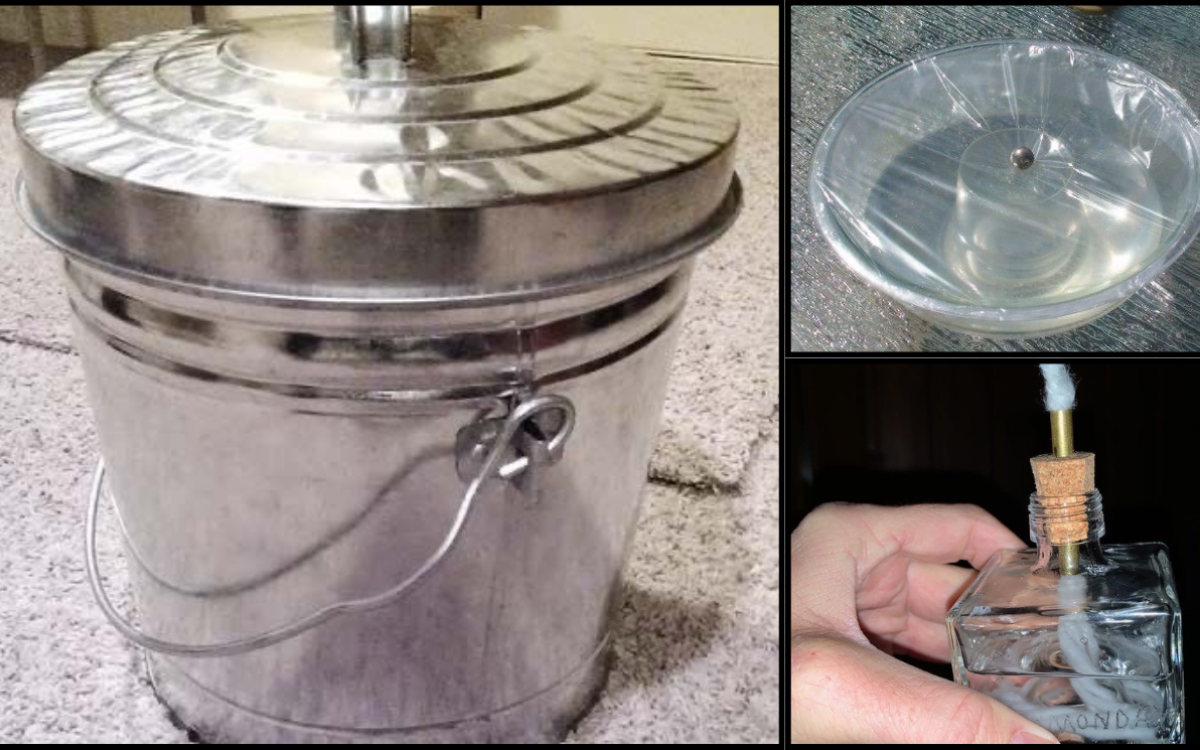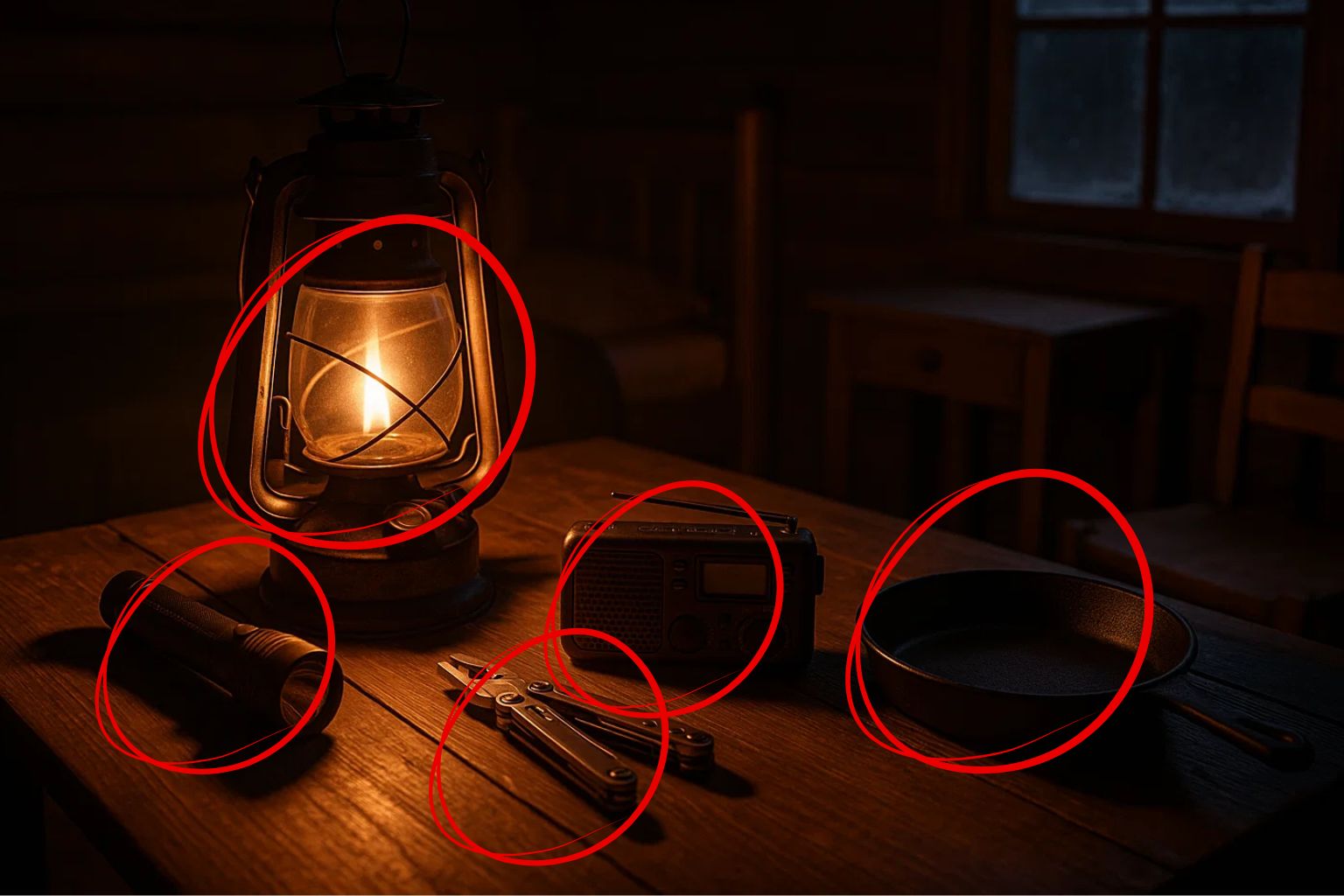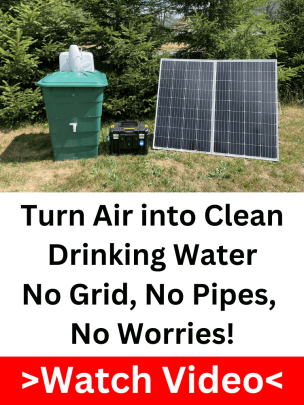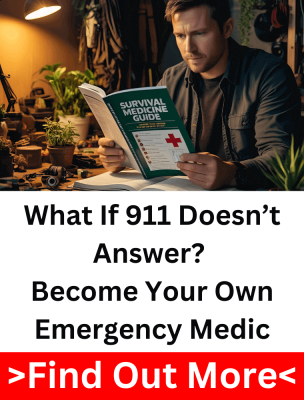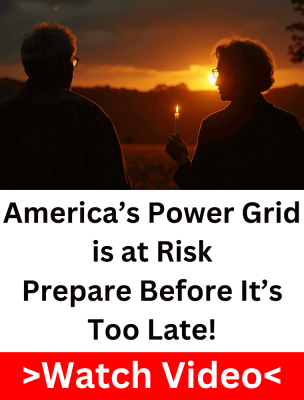You may find survival gear with price tags that will blow your mind if you walk into any outdoor store. However, the truth is that some of the best survival gear isn’t even purchased from stores. You may create your equipment that functions just as well as the more costly ones with a few basic supplies and a little know-how.
Although expensive survival equipment is promoted as “essential,” you can create a lot of these gadgets yourself. In addition to saving money, some DIY survival gear options are occasionally even more effective than store-bought alternatives. Knowing which ones are worthwhile and how to make them correctly is crucial.
Rocket Stove

Cooking might become quite difficult when the electrical system breaks. While propane burners are effective, they depend on a steady supply of fuel, which might quickly run out in a protracted emergency. Electric stoves are also ineffective. Many preppers use pricey brands like the Solo Stove or Kelly Kettle, but what if you could use leftover materials to create a homemade survival tool that does the same function?
One of the most effective off-grid cooking options is a do-it-yourself rocket stove. You don’t squander fuel or reveal your location with a big, obvious fire because it burns little amounts of wood at high heat with little smoke. It burns hotter and cleaner than a typical fire pit because of the way the design directs airflow.
All you need to make one is a metal container, cinder blocks, or bricks. You can make a system that enables biomass and twigs to burn effectively by stacking the materials vertically and leaving a tiny gap at the bottom for airflow. A rocket stove directs heat beneath your cooking pot, where it is most needed, as opposed to big campfires that waste energy.
This design is just as effective as pricey survival stoves. It’s inexpensive, dependable, and doesn’t require transporting propane or butane canisters in an emergency. A correctly built DIY rocket stove allows you to boil water, prepare meals, and stay warm without relying on fuel, which may not be accessible when SHTF.
Faraday Cage
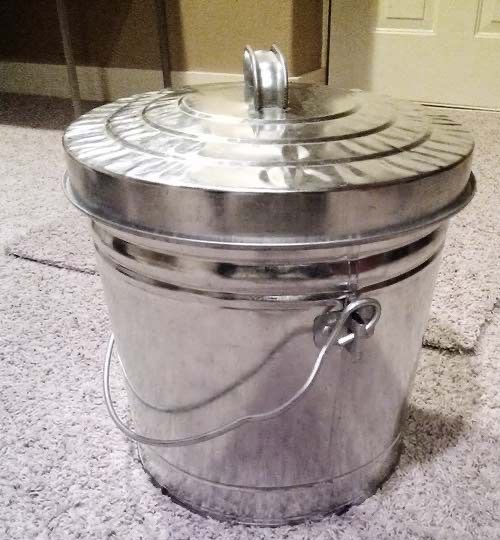
Most preppers are concerned with stockpiling food, water, and guns, but what happens if an EMP or solar flare disrupts the electricity grid? Every unprotected electrical item could be permanently damaged in a matter of seconds. This means no communication, no navigation, no access to stored survival knowledge, and no ability to utilize essential electrical gear such as radios, lamps, or solar chargers.
Some preppers think that the only way to protect their gadgets is to invest hundreds of dollars in EMP-proof cages and bags. The problem is that a do-it-yourself Faraday cage may be made at home for a fraction of the price and still function just as well.
All you need is an old microwave, an ammunition box, or even a metal garbage can. The secret is to use non-conductive materials, such as foam, cardboard, or rubber, to line the interior. This keeps your electronics from coming into direct contact with the metal, which might allow the energy from the EMP to flow through. Similar to expensive Faraday bags, this do-it-yourself survival gear option inhibits electromagnetic pulses after it is correctly sealed.
Put a radio or cell phone inside the sealed container and try making a call to see if your homemade survival tool is functioning. If no signal is received, your homemade Faraday cage is functioning properly. It’s an easy, economical, and efficient method to make sure you don’t lose important gadgets in the event of a crisis.
If an EMP or cyber assault takes down the grid, the difference between survival and chaos will be how well-prepared you are.
Fire Starters

No matter how much gear you pack, without fire, survival becomes ten times harder. Fire isn’t just about warmth, it’s the key to cooking food, boiling water, staying dry, and even keeping wild animals away. But what happens if your matches get soaked or your lighter runs out of fuel? That’s when you need a backup plan that won’t fail you.
Expensive fire-starting kits promise to work in extreme conditions, but there’s no reason to spend big when DIY survival gear solutions can give you the same result for a fraction of the cost. Some of the best homemade survival tools for fire-starting are waterproof, reliable, and incredibly easy to make.
The most efficient do-it-yourself fire starters are cotton balls dipped in petroleum jelly. These little, light starters light up quickly and burn for several minutes, so you have plenty of time to start your fire. Because they are waterproof, they are an essential part of every survival gear.
Another option is egg cartons filled with wax and dryer lint. These work just like store-bought fire logs, creating a slow, controlled burn that’s perfect for getting damp wood to catch fire. If you want something even faster, steel wool and a 9V battery can create instant sparks, even in wet conditions. Just touch the battery to the steel wool, and it bursts into flames.
These DIY emergency preparedness tricks can keep you alive when you need fire the most. They cost next to nothing, yet they work just as well as the overpriced survival matches you’d find in stores.
Oil Lamp

A flashlight with dead batteries is worthless. When the power goes out and darkness falls, having a dependable, long-lasting light source can make the difference between safety and chaos. Many preppers store up on flashlights and battery-powered lanterns, but batteries run out quickly, and purchasing high-end survival lanterns can be costly. That’s why every survivalist should know how to create a DIY oil lamp, a simple and practical lighting solution that doesn’t require electricity or disposable power sources.
This homemade survival tool is really simple to put together with stuff you most likely already have. You only need a glass jar, vegetable oil, and a cotton wick. The oil serves as the fuel, and the wick absorbs and burns it, resulting in a continuous, regulated flame. This system can burn for hours, providing a reliable emergency light source that does not rely on weak power grids or expensive survival gear.
Making one is simple:
- Fill a glass jar with vegetable oil, any kind will work, from olive oil to canola.
- Insert a cotton wick (or a strip of fabric from an old shirt).
- Light the wick, and you have an instant survival lantern.
The best part? This DIY emergency preparedness solution works just as well as expensive commercial lanterns, without the need for batteries, propane, or specialty fuels. In a long-term grid-down scenario, knowing how to make homemade survival tools like this can give you a major advantage.
Solar Still
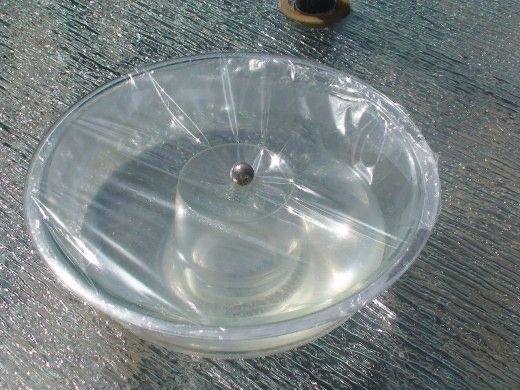
Without clean water, survival isn’t just difficult, it’s impossible. While you can survive weeks without food, you won’t last more than a few days without water. Many preppers invest in expensive filtration kits, UV purifiers, and high-tech water filters. But what happens when those break down, run out of filters, or simply aren’t available?
That’s where the DIY solar still comes in, a survival method that lets you extract purified water from almost any source using just sunlight. No electricity, no complex parts, and no expensive gear, just a simple, sustainable way to produce clean drinking water anywhere.
The concept is simple. The sun’s heat causes water to evaporate, leaving behind contaminants. That vapor then condenses on a surface and drips into a clean container, providing safe, drinkable water. This method can work with salt water, muddy water, or even moisture from the soil, making it one of the most versatile water purification techniques for long-term survival.
Here’s how to build a DIY solar still in an emergency:
- Dig a hole in the ground, the deeper, the better, as it increases moisture collection.
- Place a container in the center of the hole to collect the purified water.
- Cover the hole with a clear plastic sheet, securing the edges with rocks or dirt.
- Weigh down the center of the plastic with a small stone or object to create a drip point directly above your container.
- As the sun heats the ground, water evaporates, condenses on the plastic, and drips into your container as purified water.
This DIY emergency preparedness strategy is effective, it’s not just theory. Military personnel, desert travelers, and preppers employ it as a tried-and-true survival tactic because they know that having several methods for purifying water is crucial for life. Even if solar still doesn’t generate liters of water every day, it can save lives in an emergency and is free to set up.
It’s not necessary to spend a bunch on equipment to be ready. The truth is that some of the best instruments for survival are ones you manufacture yourself. A solar still can turn undrinkable water into a life-saving resource, a homemade Faraday cage can help preserve your electronics in the event of a disaster, and a do-it-yourself rocket stove can effectively cook your meals without costly fuel, all without the high cost of commercial survival gear.
There’s good news if the expense of preparation has ever seemed too high: you don’t have to spend a fortune to be prepared for anything. It’s not only about saving money when you build your survival gear; it’s also about being independent, resourceful, and confident that you can handle any circumstance. Take one project at a time, give it a try, and see how useful homemade survival tools may be.

